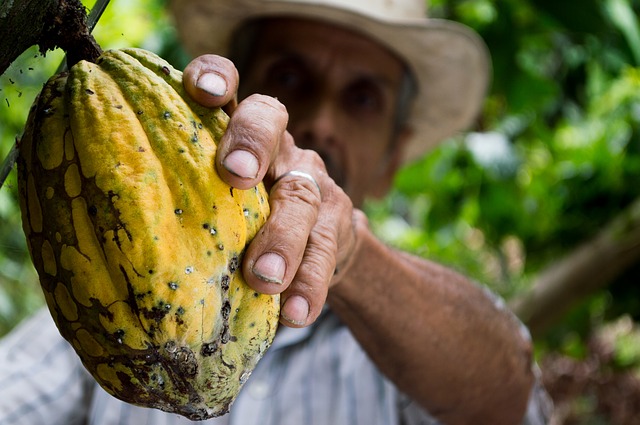Background and issues
The globalisation of world trade has led to a shift in power and value distribution. The regulation of trade is increasingly divided between States, private companies and civil societies, and has gained an international dimension. In addition, global value chains differ from product to product, entailing for each a specific set of environmental, social and economic issues that need to be addressed. Policy instruments, including development assistance, must adapt to these scenarios.

This project examines the linkages between the global market for cocoa-chocolate and impacts on biodiversity in specific cocoa farming regions, connected to this world market through a globalised value chain. The cocoa market is highly globalised, yet 90% of the world’s cocoa is produced by small family-run farms. There are about 6 million small producers of cocoa in the world, working on farms of between 2 and 5 hectares in size and providing income to 50 million people worldwide.
While smallholdings thus dominate production, the trade, processing and marketing of these products remains concentrated in the hands of a few.
On the other hand, deforestation, biodiversity loss, land degradation and the loss of ecosystem services provided by forests are emerging as potentially negative consequences of cocoa production. Low income yields in this sector and the continued prevalence of rural poverty further contribute to high vulnerability, low food security, as well as recourse to forced labour, including child labour.
Objectives
- The primary goal of this project is to produce and share a consolidated knowledge base on the socio-economic structure of the cocoa-chocolate value chain and, its governance including existing public or private regulatory frameworks, and to describe the linkages between all of these elements and the biodiversity of a given region ;
- Second, the project will attempt to document trends in the market and value chain and to explore potential future evolutions in these trends. Finally, the study will examine how alternative subsectors (organic, ethical, etc.) contribute to and fit within this overall structure.




